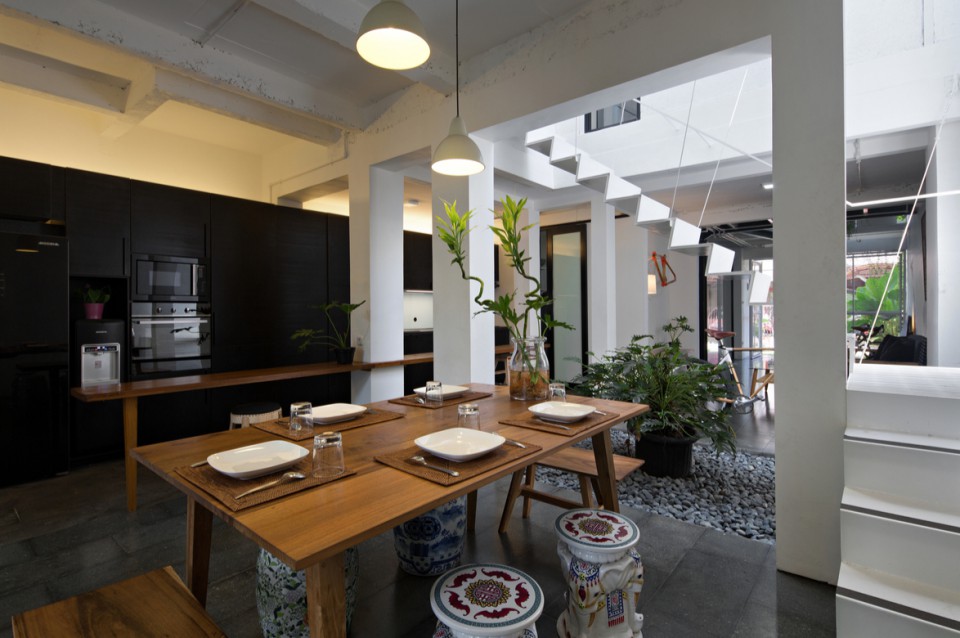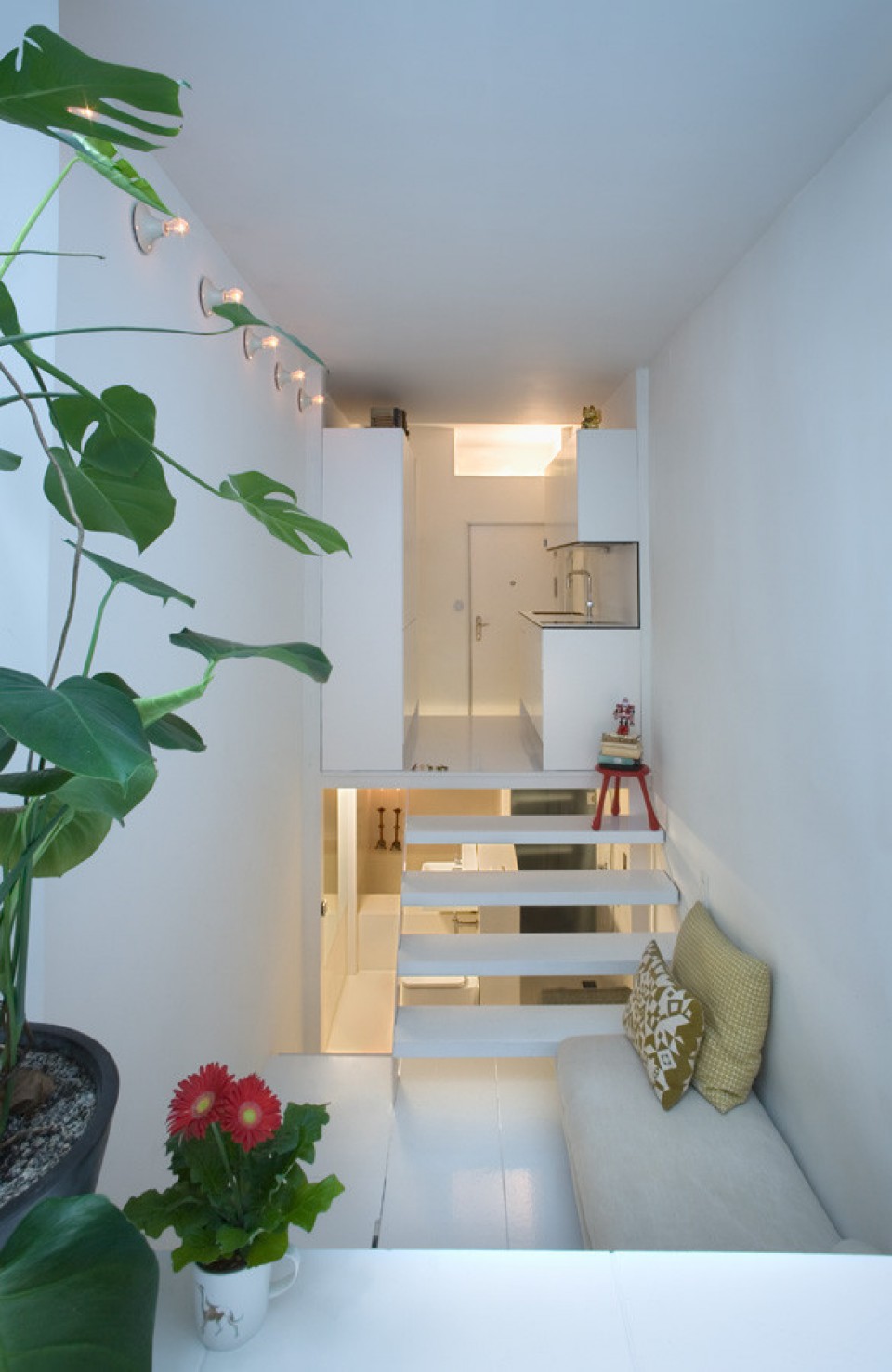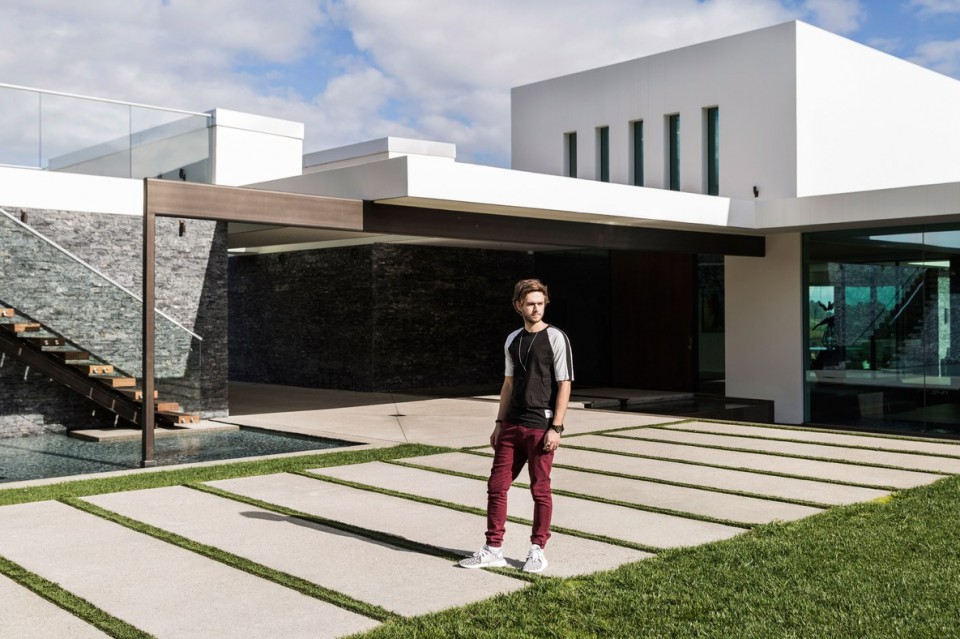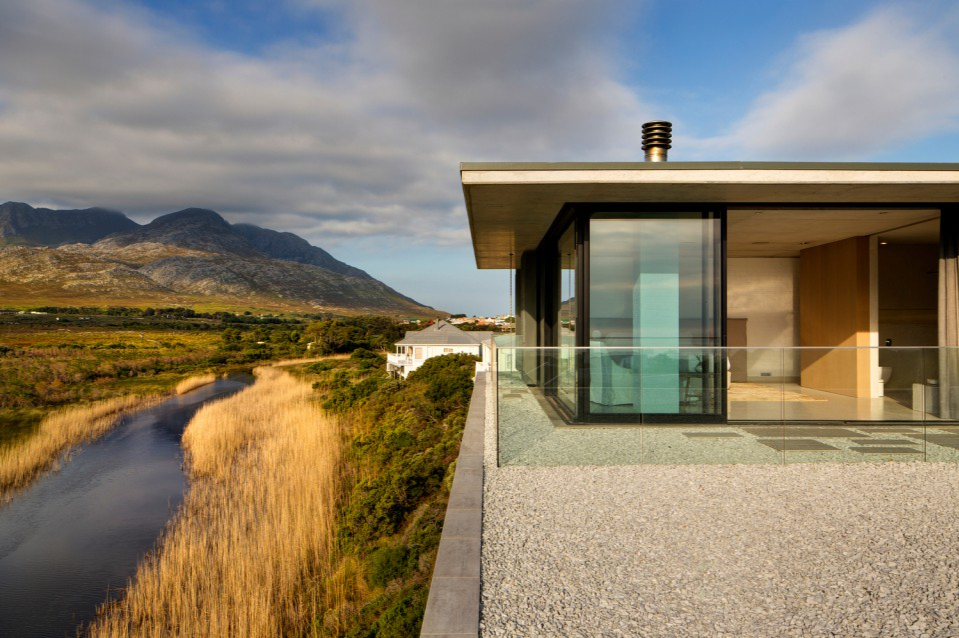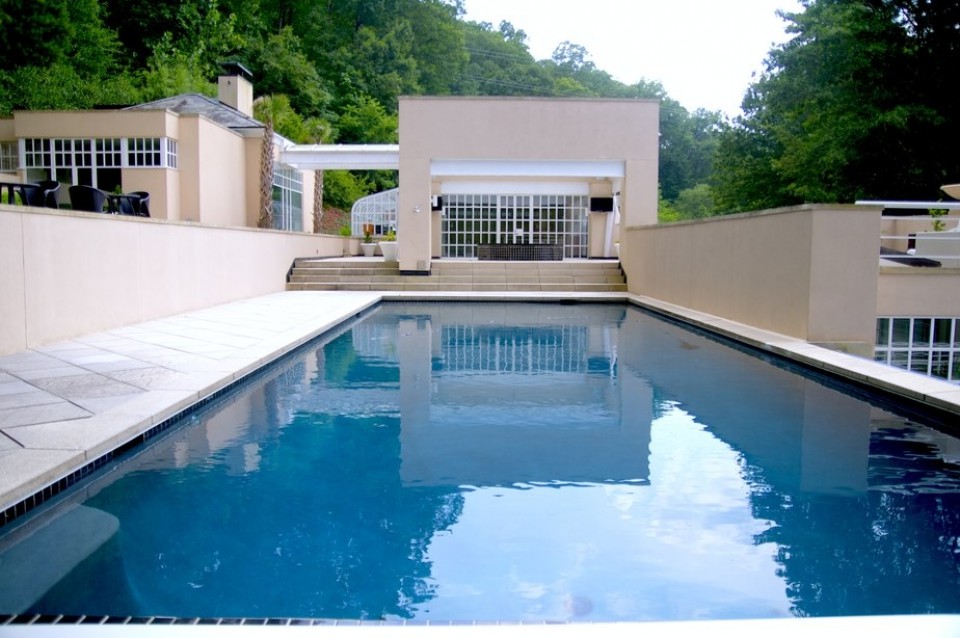Casablancka Residence: Residential House by Budi Pradono with Bali-Inspired Concept and Natural Material Approach
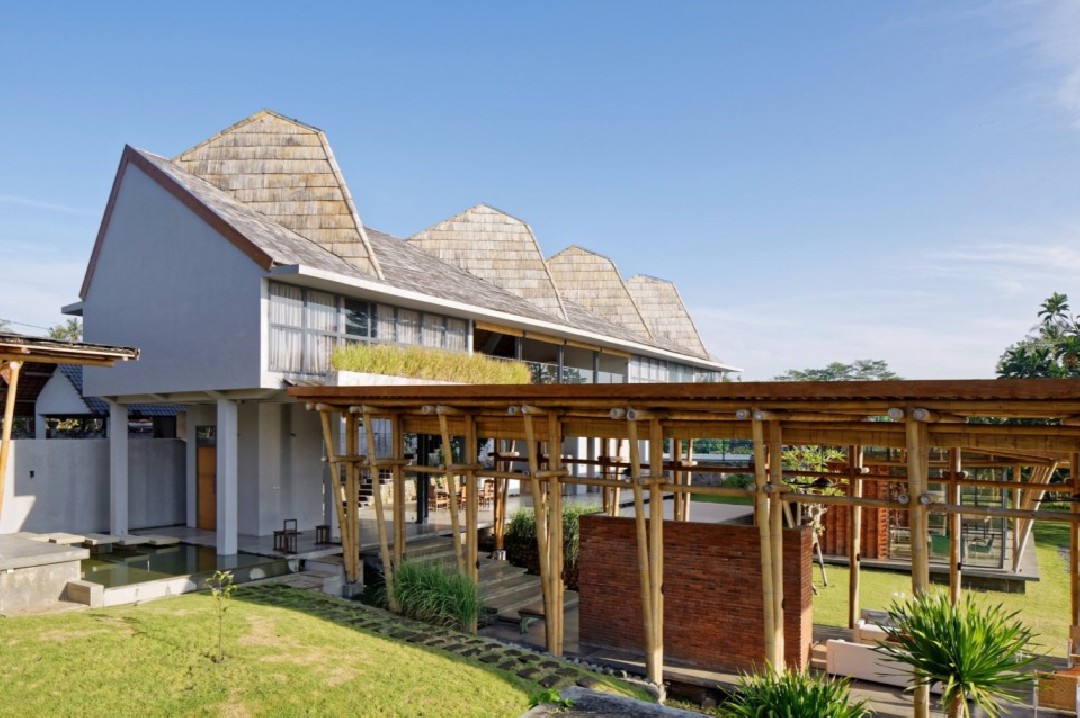
The house located in Kelating, Tabanan, Bali, is named Casablancka by its owner. Situated approximately one and a half hours from Ngurah Rai International Airport, this 573 square meter area house is designed with a natural approach. This natural approach is a hallmark of the renowned Indonesian architect, Budi Pradono. The house's design needed to be adapted to its location near the river, with existing buildings like a Javanese house around the river. Adapting the design to the surrounding environment is one of the architect's responsibilities.

The main idea behind the house's design was to create Balinese architecture based on the concept of Tri Mandala, which consists of three areas or zones within the building. The first is Nista Mandala, the outermost area of the building, followed by Madya Mandala in the middle, and finally, Utama Mandala, the innermost and holiest area among the three. In a temple, Utama Mandala is the place for worship and religious ceremonies.

The concept for this house is not only influenced by the strong Balinese culture but also by French culture, reflecting the two different backgrounds of the house's owner. It showcases a fusion of Western and Eastern cultures in its design.
Another concept from Bali that was incorporated, in addition to Tri Mandala, is Sanga Mandala. Sanga Mandala is indeed a spatial concept that applies in Bali. It involves several separate pavilions placed in different areas.
 The composition of the building is based on the swastika pattern, which is a characteristic pattern in Bali. In Bali, houses are divided into 9 compositions and consist of several scattered pavilions. This house applies a similar concept but modified into a more modern design.
The composition of the building is based on the swastika pattern, which is a characteristic pattern in Bali. In Bali, houses are divided into 9 compositions and consist of several scattered pavilions. This house applies a similar concept but modified into a more modern design.

The architectural concept of the house draws from the traditional Balinese structure called Taring, a temporary bamboo structure used for special occasions like weddings or funerals. The main idea of Taring is the separation of the floor, walls, and roof structures, which can stand independently but are closely related. This concept is applied to the Casablancka house.

The choice of materials in the house reflects the intention to connect the residents with nature. The walls are made of zigzagging brickwork with concrete support, which helps reduce the heat in Bali. The natural color of the bricks also adds warmth to the interior of the house. The numerous openings in the building allow for natural air circulation.

Bamboo is the dominant material used in the house, both for column and roof structures. The flooring is made of locally sourced gray cement, while the other is Javanese tiles commonly found in colonial-era Dutch-style buildings from the 1930s.

Dinding rumah dari material kaca pun menjadi pembatas antara ruang luar dan ruang Glass walls in the house serve as boundaries between the indoor and outdoor spaces, blending the natural surroundings with the contemporary interior. The bamboo roof, shaped like a mountain with a skylight at the peak, allows natural light to penetrate every room, symbolizing the connection between humans and the sky.

Regarding the interior, recycled materials are used for the furniture, giving it a modern touch. Soft-colored fabrics like blue and white are paired with Javanese wood furniture.
sumber: Casablancka Residence


